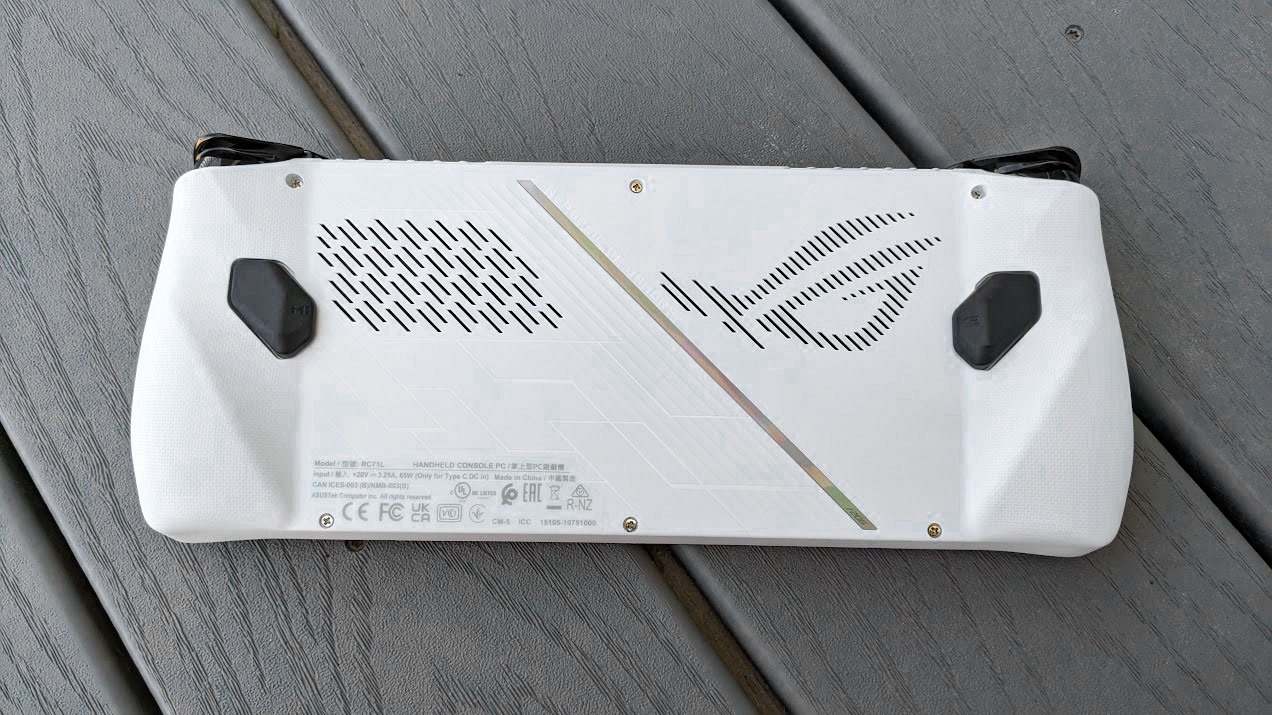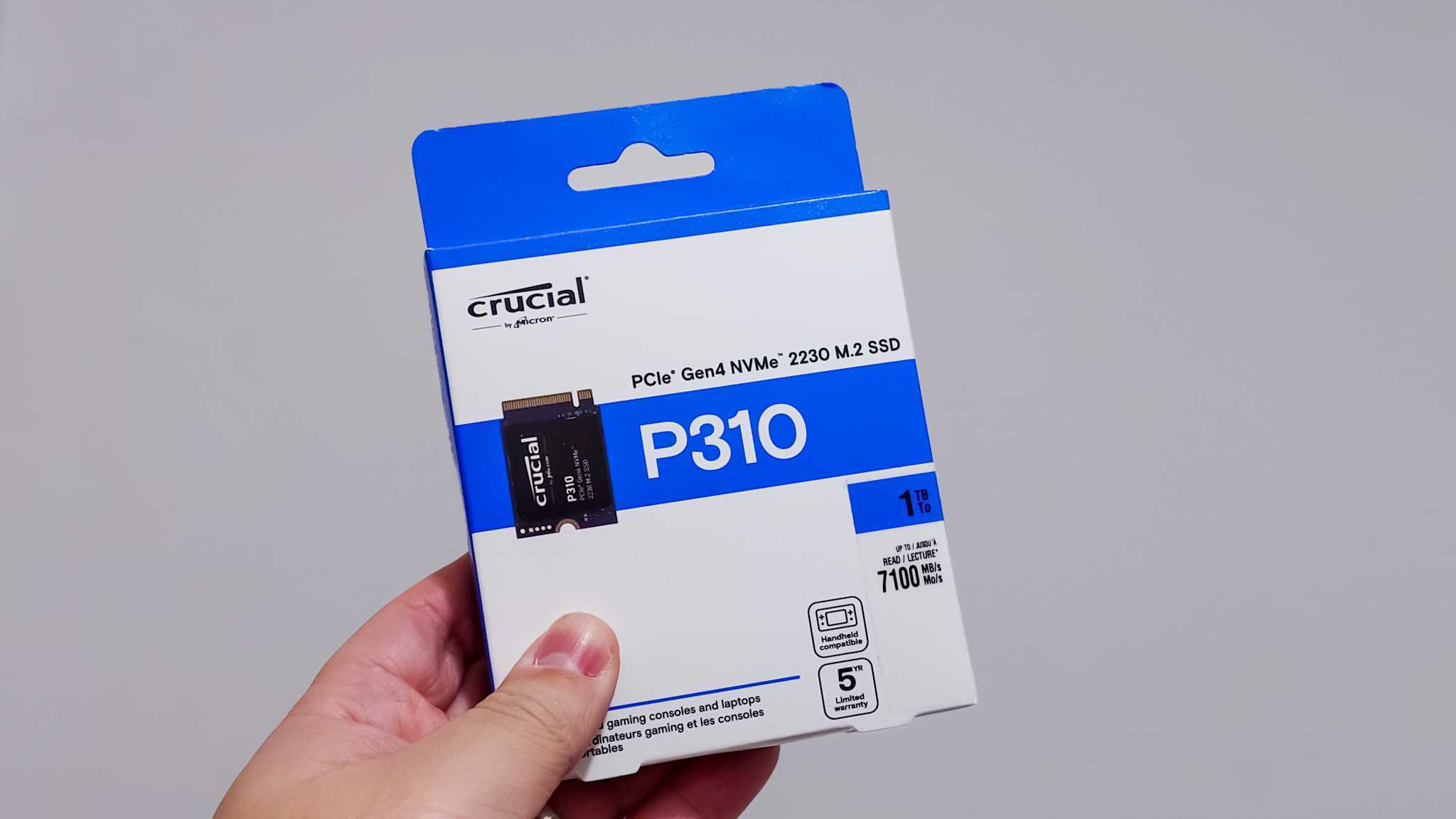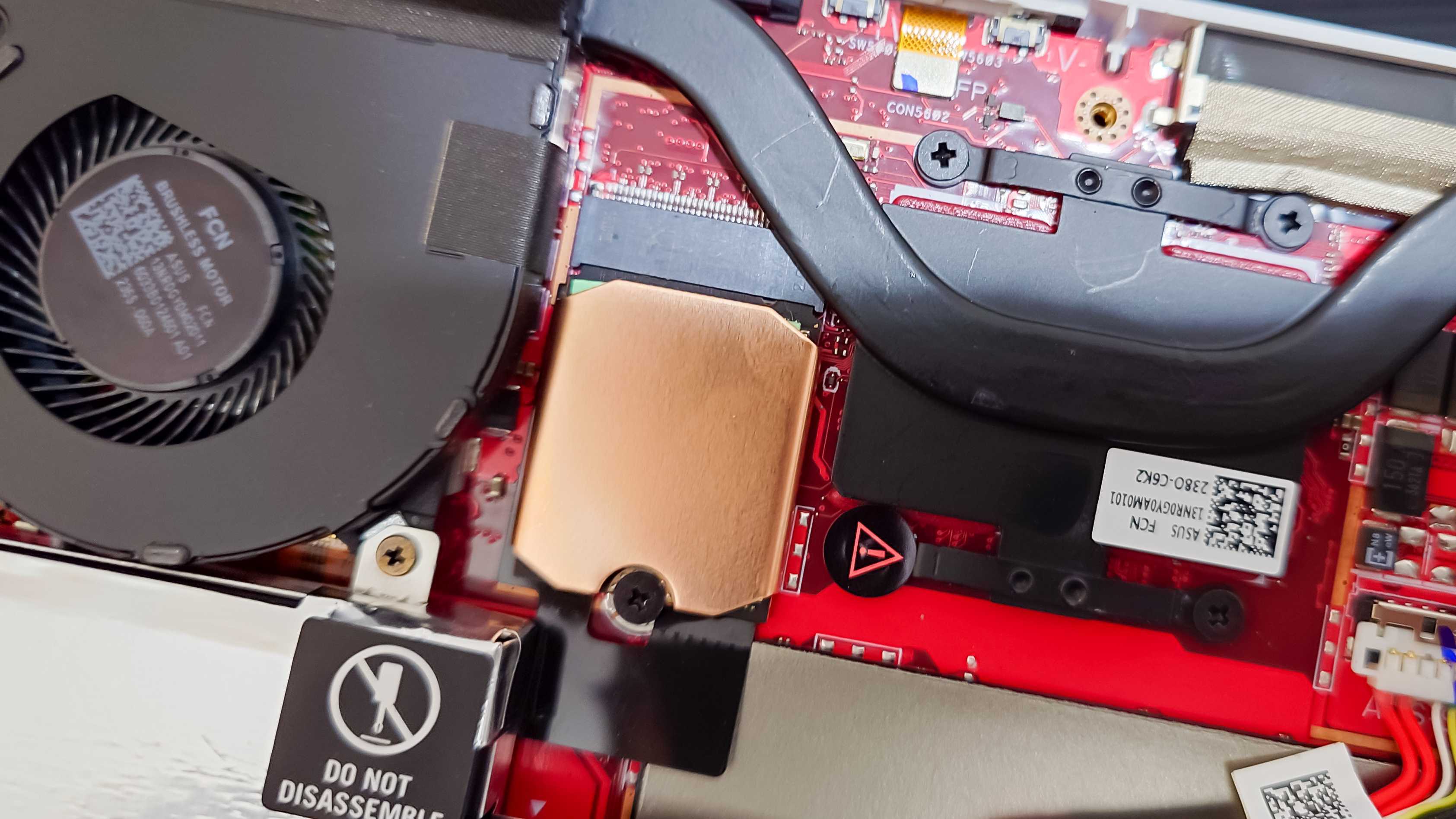
The ROG Ally is an amazing gaming handheld, but getting 512GB of storage doesn't go far in 2025. Fortunately, as it's a regular PC inside, you can upgrade this. But what you'll also likely find is that an upgraded SSD will be faster than the stock drive.
With more performance comes increased heat. It's the old enemy of PC gamers the world over. In my case, I upgraded to a Crucial P310 1TB SSD, and at its hottest was seeing temperatures of 73C (163F), which is toasty. To try to protect the drive in the long term, I started to look around for options to cool it a little.
Space is limited inside the ROG Ally, but it is possible to equip a heatsink on the SSD without any modifications or replacement backplates. It seems to work, too, and is so cheap and easy to fit, I'd recommend it to anyone in a similar position.
Choosing a heatsink for an m.2 2230 SSD

I've seen some cooling projects where folks have squeezed chunky heatsinks on top of their SSDs. I didn't go that route, instead following others who have installed a thin copper heatsink that fits like a skin to the top of the drive.
I spent the UK equivalent of about $10 on it, and it came with everything needed to fit, including the correct screwdrivers for opening the ROG Ally and removing the SSD. It also comes with thermal pads that sit between the surface of the SSD and the copper to conduct the heat.
Fitting is straightforward enough. Remove the backplate from the ROG Ally, remove the screw holding the SSD in (and any protective covering if there's any there) and remove the SSD by pressing down gently and sliding it backwards.
It's then as simple as sticking on the thermal pads as instructed. My kit has a pair, with instructions on which one should go where, and then lining up and sticking down the heatsink, so it's snug and completely envelopes the SSD.
Then you just have to reverse the removal process, slot the SSD back in and reattach the backplate. To turn on the ROG Ally, though, you will have to connect the official charger first. There's a sensor inside that detects when it's been opened, and only the official charger will trigger it to turn back on.
Surprisingly effective cooling performance

The hope in all this was that adding a heatsink wouldn't just be snake oil and would actually do something. The good news is that in my case, at least, it does seem to have had a noticeable effect.
I should also point out that I've done the 'mod' to my backplate, where I've removed all the black material from over the vents to improve the airflow slightly. The SSD is just to the side of the fan, so there's a possibility that the SSD is benefitting just a little.
While running intensive games (Call of Duty: Black Ops 6 and Indiana Jones) on the 30W Turbo mode, peak temperatures of the SSD without the heatsink applied reached 73C (163F). With the heatsink applied, the peak dropped fairly significantly to 62C (143F). Likewise, when writing large files (aka, games), the peak temperature also reduced to 62C (143F) from a similar pre-heatsink high of low 70s.
Idle temperatures are also lower, albeit not as much. From a before of between 40C (104F) and 42C (107F), it's now hovering around 35C (95F). All-in-all, it feels like it's been a worthwhile exercise.
If you're running the stock SSD in your ROG Ally, then you probably won't benefit quite as much. Its performance is nowhere near that of the likes of this Crucial SSD I've upgraded to, or something like the WD_Black. But if you're adding more storage with a faster drive, it certainly doesn't seem to hurt. The SSD is cooler, and I haven't noticed any negative impact on overall system temperatures, with more heat saturating into the device. For what it costs, it's definitely worth a try.







